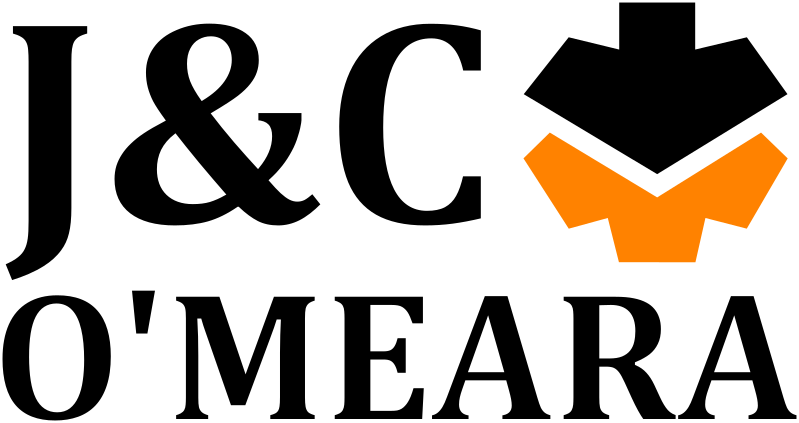Understanding Wood Waste Burners and Their Applications
- John Shepperd

- May 13
- 2 min read

For workshops that generate substantial wood waste, managing offcuts, shavings, and sawdust efficiently is critical. One of the most effective solutions is a wood waste burner. Understanding wood waste burners and their applications is essential if you want to convert your waste into energy, reduce landfill reliance, and save on heating costs.
What Are Wood Waste Burners?
Wood waste burners, sometimes known as biomass heaters or warm air units, are designed to burn clean wood waste to produce heat. They range in size and output, with options to suit small joineries through to large-scale manufacturers.
When paired with a briquetter, such as the Genisis Nano E55 or Vertical Series, wood waste becomes a high-density, fuel-efficient briquette that can be burned cleanly and safely.
Main Applications
Wood waste burners are typically used to:
Heat workshops and factories: The generated warm air can be ducted throughout the space.
Warm drying rooms or spray booths: Ideal for processes that require temperature control.
Support kilns and curing ovens: Some systems can be integrated with wood dryers.
Offset heating bills: A properly matched system can significantly reduce or eliminate the need for oil, gas or electricity-based heating.
Cost Savings and Return on Investment
One of the primary advantages is the cost saving. By converting waste into a fuel source, businesses reduce disposal costs and avoid purchasing traditional fuels. In some cases, the initial investment in a briquetter and wood waste burner can be recouped in under 12 months.
Environmental Benefits
Wood waste burners offer a sustainable alternative to fossil fuels. They reduce landfill dependence and cut carbon emissions, especially when burning briquettes made from clean, untreated wood. This makes them ideal for businesses looking to improve their environmental credentials.
Compliance and Clean Air Zones
Modern wood waste burners, such as those supported by J&C O'Meara, are designed to meet Clean Air Act requirements. This means they can be used in many areas without the need for a secondary afterburner, as long as only clean wood is used.
Conclusion
Understanding wood waste burners and their applications helps businesses take full control of their waste and heating needs. Whether you're heating a small unit or a large industrial space, a burner paired with a briquetting machine can create a reliable, sustainable heating solution.


